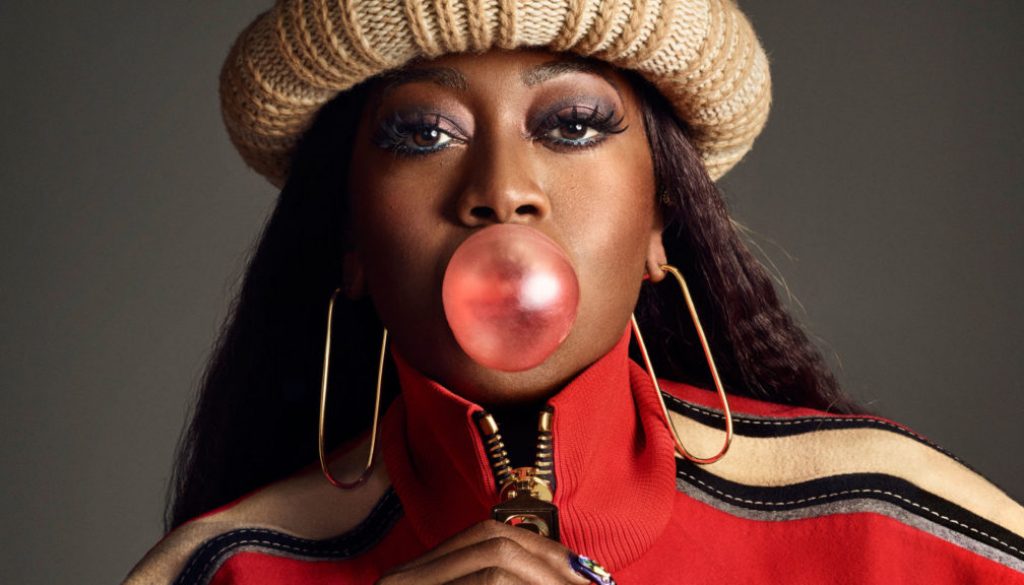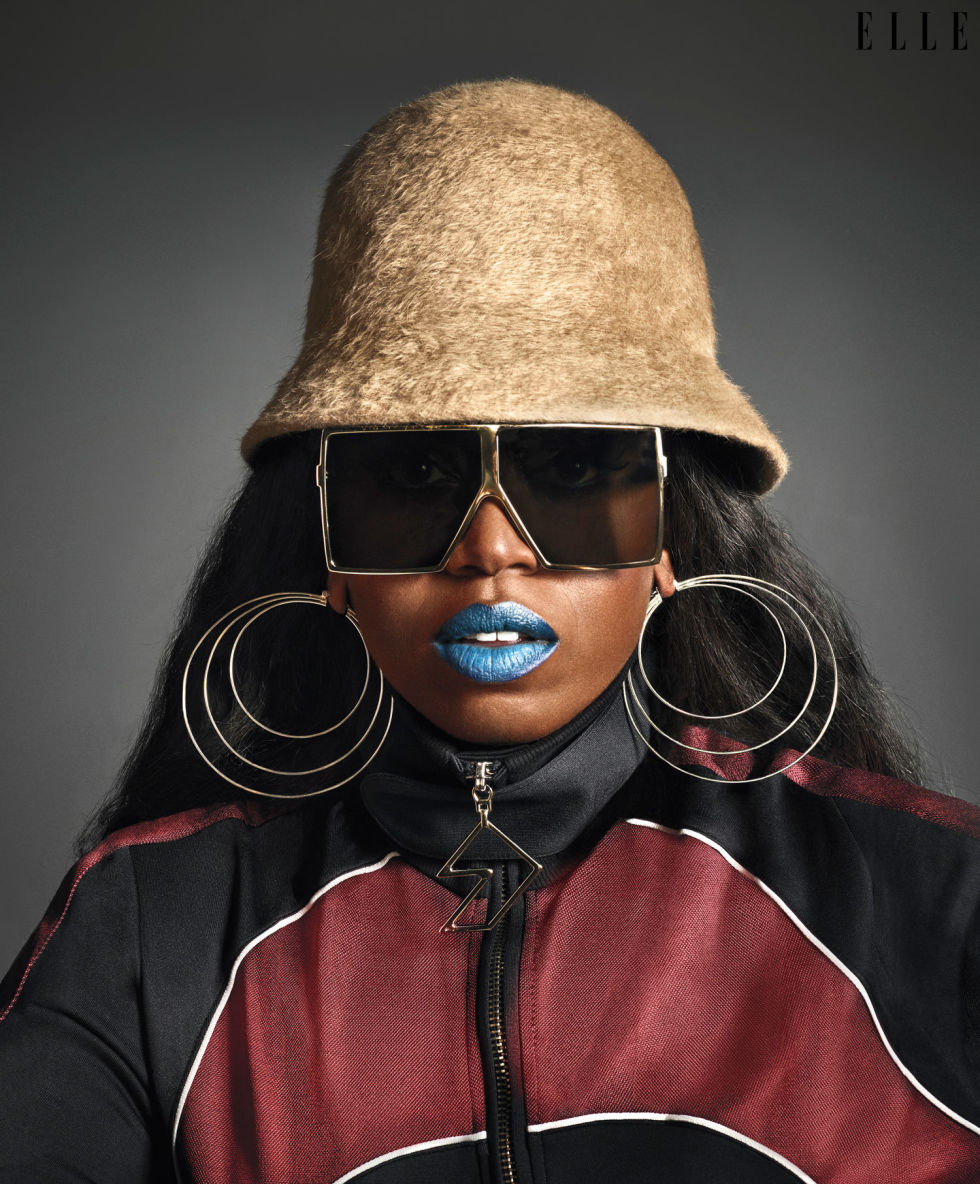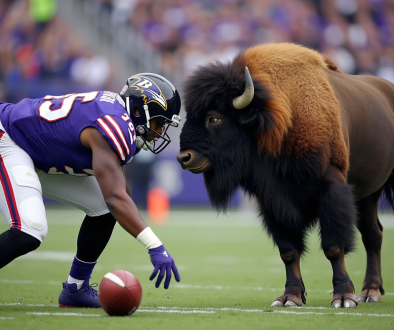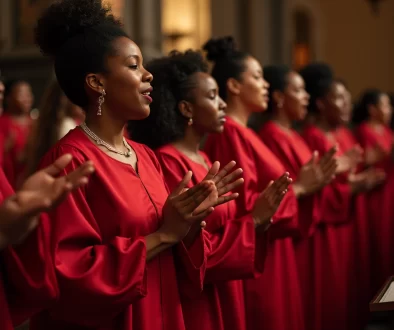How Missy Elliott Became an Icon – Miss Elliot Interview and ELLE Cover Story
Rachel Kaadzi Ghansah goes behind the curtain with the ultraprivate creative genius.
This article appears in the June 2017 issue of ELLE, on newsstands now.
At the photo shoot, the accoutrements of being her precede her. A tray of acrylic nails and an almost-empty bottle of professional-grade nail polish remover are carried by Bernadette Thompson, the Takashi Murakami of manicurists. A tall, strong-looking man walks around distractedly, wheeling a Louis Vuitton duffel bag that is smaller than his forearm; from time to time, he spins it in a wide circle out of boredom. Jewels—gold chokers, hoop earrings, and rings in a velvet-lined box—are attended to by a thin young man wearing a black Balenciaga fitted cap and high-top Nikes. There’s a bottle of jewelry cleaner harnessed to his chest and a chain of styling clips attached to his hoodie strings; he looks listless, like he has given his body over to the task. On the table, someone has set down two Kangol hats, one tan, one black: fuzzy, wearable homages to the golden era of hip-hop. They sit there like low-key crowns.
I take a seat out of sight, behind Misa Hylton, the stylist who is the reason people let their pants sag and their Calvins show. Dressed like a ballet dancer from Brixton—or is it Ginza—in a baggy gray sweatshirt and a sheer, tutu-ish white skirt, she sucks on a lollipop, not saying much but taking everything in. When Missy Elliott needs help pulling off her shoe, Misa rushes in to steady her. I recognize the intimacy of it; it’s like having your mother or your sister oil your hair. They share a joke; Missy laughs. Misa walks back to her seat, and because they seemed so comfortable, others start to crowd around to look. I still can’t see anything from my seat, but I can hear Missy ask something so softly that it has to be repeated and shouted back: “Everybody move back and give her some privacy. Please.” Then a large white scrim is stretched out that totally eclipses her from our view. And she turns into a silhouette behind the screen.
What does it mean to be a shy black woman performer in a world where black women are never thought to be shy? Before I went to meet her, I had read articles that decided it just wasn’t possible that Missy Elliott is shy. The Guardian wrote that “scary diva is what you expect”; they do not explain why they expected her to be scary, they just say it. In the same way that no one explains what I should expect when I’m told over and over again that Missy Elliott is very shy, without anyone offering a larger understanding of what it might mean. Would she need to be coaxed to open up? Would she not answer my questions? At the shoot, the photographer yells out to her: “Don’t be shy—I love it! Let’s turn the music up.”
Although I got the sense that others were fretful about how this “shyness” would manifest itself in our conversation, after I watched videos of her performing in concert, I was not.
What no one seems to realize is that Missy, like most shy black girls, had long ago been forced to master a certain skill: to hammer down her shyness, along with any fear, to some low, unseen place deep inside of herself, and keep it there until she could step over it, again, again, again.
From the moment I walked on the set, I assumed that Missy Elliott was someone who had this skill, that her ability to rise was ingrained, and I wasn’t there for long before we are all watching just that: Missy the Performer—exuberant, high-stepping, arms up in the air, roof-raising, and hair whipping—taking over the monitors and smiling like a woman who has released five platinum albums, possesses four Grammys, and has sold 30 million records and knows very well how to overcome being called scary or feeling shy. READ MORE CLICK SOURCE
Source: How Missy Elliott Became an Icon – Miss Elliot Interview and ELLE Cover Story




